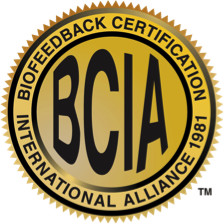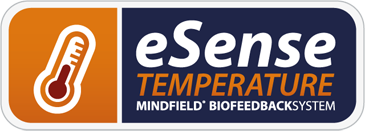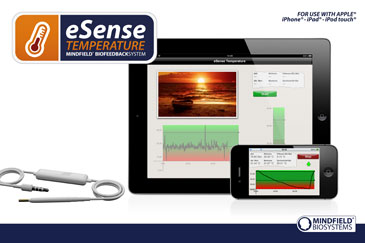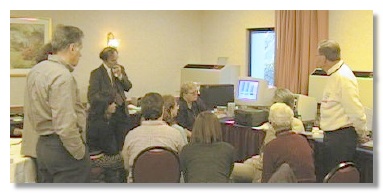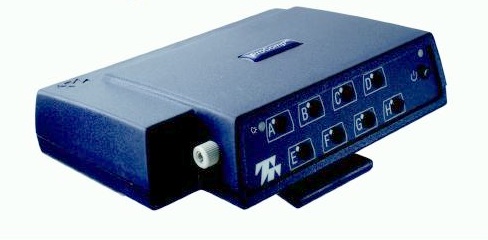In my last article I talked about how we can use our breathing to help us relax. Here is the link my blog page where that article is if you missed it: https://biofeedbackinternational.com/blog/
Here I will talk about another powerful relaxation tool that you can use with or without any physical tools. Muscle relaxation is another tool you can use to quickly and easily relax.
Stress Reduction Solution #4 is Using Muscle Relaxation to Reduce Stress Book
We represent stress in our muscles. As a reaction to stressful events we tend to contract our muscles and hold some excess tension in our muscles chronically. This can lead to problems.
Muscles are intended to contract to either to cause movement of our body or to maintain posture. A certain amount of muscle contraction is necessary to maintain posture so that you don’t fall over. Additional contraction is necessary to move a part of your body. Once the movement is over the muscle is supposed to go back to a resting state.
Muscles also contract in reaction to stress as part of the fight or flight response. This is a normal reaction which is intended to prepare your body to respond physically to an emergency. This is very helpful if there really is an emergency that requires a physical reaction like if a car jumped onto the sidewalk and you have to run for your life. The extra tension in your muscles would allow you run faster, jump higher, and hit harder. This reaction might save your life in a real emergency.
Here is the problem, your nervous system doesn’t tend to be smart enough to not react in the same way when you have a problem at work or you get stuck in traffic. Your muscles contract as though you had to run, jump, or fight. Since it is not necessary to react physically, that extra tension is not useful. In many cases at least some of the extra tension doesn’t go away meaning that the muscles stay partially contracted for no useful reason. When the muscles don’t go back to a resting state it can lead to pain. The constant muscle contraction can also continue to send signals to the brain and nervous system to stay in an emergency mode which can cause you to feel stressed or anxious. It can also be physically draining because the muscles are using resources and energy to maintain the contracted state.
Official Web Site: Best Stress Books | Reduce Your Stress
More Info: Manage Stress Without Drugs Or Alcohol

